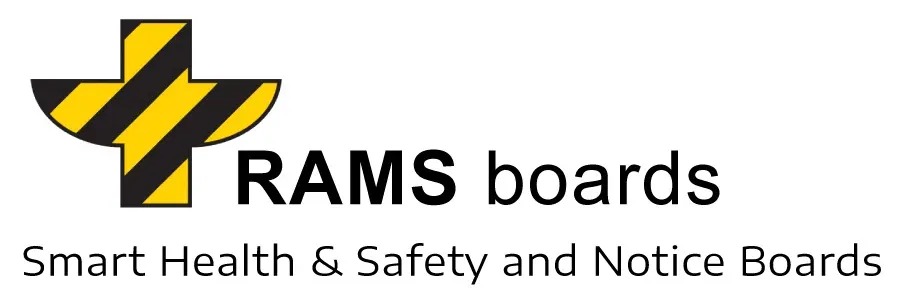The lifespan of a typical RAMS Board is notably long, reflecting the product`s durable construction and the manufacturer`s commitment to quality and customer satisfaction. This extended service life is a key characteristic of RAMS boards, making them a valuable asset in various work environments, particularly those that are challenging and dynamic, like construction sites. Here`s a detailed overview of the factors influencing the lifespan of a RAMS Board:
- Material Durability: RAMS boards are constructed from High-Density Polyethylene (HDPE), a material renowned for its strength, resilience, and ability to withstand a range of environmental conditions. This choice of material is crucial in ensuring the longevity of the boards, as HDPE resists degradation from factors such as UV exposure, extreme temperatures, and physical impacts.
- Warranty as an Indicator of Lifespan: The 10-year warranty provided with RAMS boards is a strong indicator of their expected lifespan. This extended warranty period reflects the manufacturer`s confidence in the product`s durability and their commitment to long-term functionality. It assures users of the boards` reliability over a significant period, underpinning their investment in the product.
- Resistance to Mechanical Damage: The robust construction of RAMS boards means they are less susceptible to mechanical damage. While they can withstand regular use and exposure to harsh site conditions, their lifespan can be affected if they encounter severe mechanical impact. However, under normal circumstances and with proper use, they are designed to last for many years.
- Dependence on Project Duration: In practical terms, the lifespan of a RAMS Board can also be linked to the duration of the projects they are used in. Some boards may serve their purpose for the entirety of a long-term project and then be relocated to new sites, effectively extending their useful life beyond a single project`s timeframe.
- Minimal Maintenance Requirements: The maintenance requirements for RAMS boards are minimal, primarily involving routine cleaning. This low maintenance contributes to their longevity, as there is less wear and tear from upkeep procedures compared to more maintenance-intensive products.
- Sustainability and End-of-Life: At the end of their useful life, whether due to mechanical damage, completion of projects, or other factors, RAMS boards can be fully recycled. This recyclability is an essential aspect of their overall lifecycle, aligning with sustainable practices and reducing environmental impact.
- Adaptability to Various Environments: The design of RAMS boards allows them to be effective in a wide range of environments. This adaptability contributes to their lifespan, as they can be repurposed and reused in different settings, from construction sites to industrial facilities.
In conclusion, the typical lifespan of a RAMS Board is reflective of its high-quality construction, material durability, and the manufacturer`s assurance of long-term functionality. The 10-year warranty, coupled with the board`s resilience to environmental factors and mechanical impacts, underscores its longevity as a reliable and sustainable choice for safety and information dissemination in diverse work environments.
